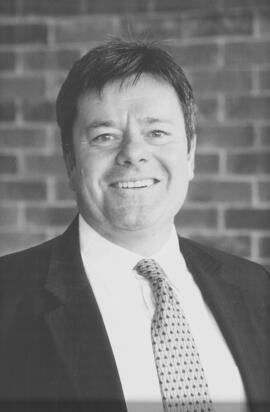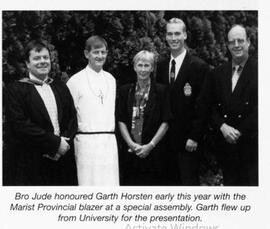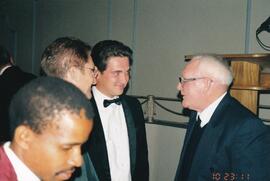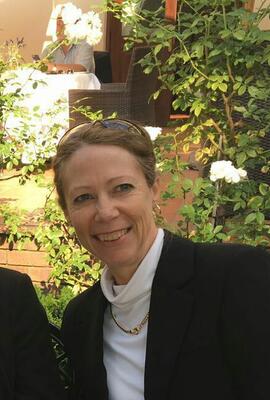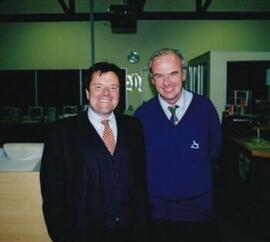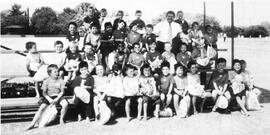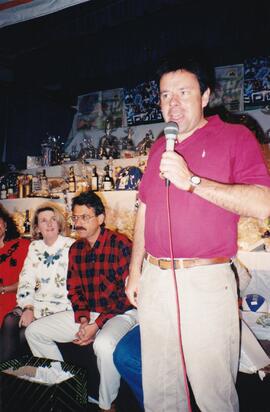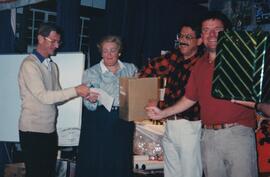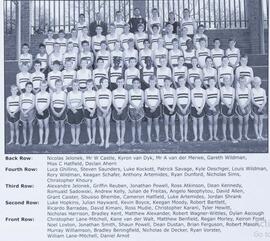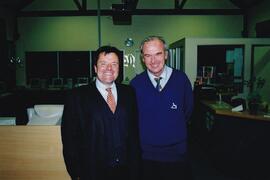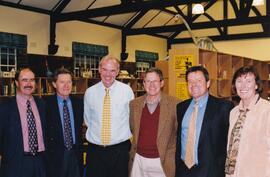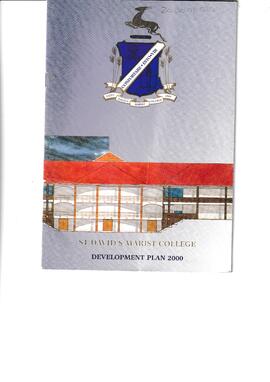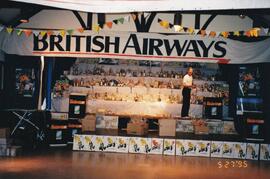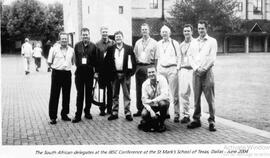Interview with Teresa Voorendyk - Staff – 1997 to date
Teresa joined the staff of St David’s in 1997 together with Dave Smith and Stuart Foulds. She was
appointed as librarian and English teacher by Paul Edey, the same position she had with her former
employer KES. She recalled being interviewed by Paul Edey, Gary Norton and the head of English, Richard
Girdwood.
In her first year she taught two English classes and MUG (media user guidance) to the grade 8’s and 9’s.
Teresa shared the library facility together with the prep school librarian, Mary Clover. With the different
teaching hours and timetables, the conditions were not ideal however she enjoyed the freedom to buy
books and encouraged her library monitors to select books within an allocated budget she set them.
Teresa eventually moved into teaching English full-time and was peripatetic for a few years until she
inherited her present classroom from Liz Sheratt.
Teresa has filled a number of roles in her time with the school being, head of English, housemistress of
Benedict, mentor to the matric group and now being head of Life Orientation, she has enthusiastically run
the long distance running activity at the school and also takes the boys on corporate relays and other runs
outside of school.
She has seen people come and go with many changes some good some not so good. She has so many
memories of events, individuals, matric groups, and the long distance runners and now some of the pupils
she taught are colleagues such as Matthew Schneider, Richard Carey and Kyle Biller. She recalls the
matric group of 2005 as being very special, they were an odd ball bunch of characters but she had a close
bond with them. She still sees some of “her” runners, many of whom have continued to compete after
leaving school.
Teresa has been very happy at St David’s. It has become a very busy school and initially she and other
colleagues were able to attend all the events and functions but now there are too many to cope with. In
1997 there were 42 boys in matric which are now 112 and with 610 in the school. Previously there was time
to talk to each other and the boys, now it is not quite the close knit community it used to be. The school is
competent in so many areas and so many things. Teresa knew not only the names of the boys she taught
but of all the boys in the high school, now there are far too many. She realises that St David’s has to move
with the times and has to compete with other schools.
Teresa prides herself on being the only high school teacher who still has a blackboard in her classroom.
This doesn’t mean that she doesn’t use technology and is not IT illiterate but she prefers the old way of
teaching.
For sometime Teresa was responsible for the school’s trophies, taking over from Father Brewer when he
became ill. This has now been taken over by Karina George and Teresa is grateful that she no longer has
to track down and ensure the return of the many trophies, ensuring they were in good condition and
engraved every year in time for prize giving.
Teresa always enjoys seeing the old boys and there are very few of whom she has negative memories.
She helped many of the boys without charge, some appreciated this and others took it for granted.
Of her colleagues she remembers Paul Edey who made people believe in themselves, he was warm and
kind and made her feel special and she valued that she mattered. Although she initially didn’t get on with
him, she ended up teaching grade 10’s with Rod Smith and he was immensely supportive when she was
made housemaster. She regards Willy Castle as very special and she would run through a brick wall for
him. During her bleakest year in 2005, he encouraged her to run the Comrades marathon and she hasn’t
looked back since. He has been her mentor, friend, running partner and has the ability to make people
believe in themselves.
Teresa has changed direction in her career and is happy to remain at St David’s until she retires; she
regards St David’s as her home. St David’s is a special place and the pride and tradition doesn’t just belong
to the men and the boys and old boys. She was greatly affected by the “bus incident” and how it impacted
on the school and finds it difficult to understand the mentality of the matrics and their expectations of how
they want to treat the grade 8’s.
Teresa believes that the school needs staff that understands and relate to what the staff actually do here
and are prepared to contribute. One has to believe in what one is doing and that not every day is going to
be fun.
JLE February 2014

